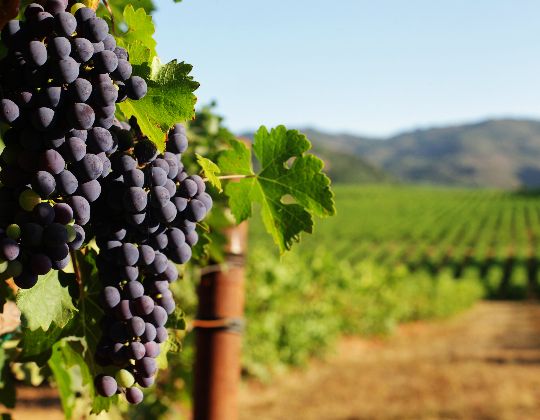WELFARE – Evaluation of Brambel’s laws applied to soldier fly larvae
Motivations:Brambel's laws identify the 5 points of animal welfare assessment. Dr. Arianna Cattaneo's doctoral thesis aims to investigate the main degrees of freedom that will follow three research trials:
1- type of food (carnivorous, omnivorous and vegetarian diet with fixed number of larvae and amount of food fed);
2- starvation (number of larvae fixed and type of diet fixed) variation in the daily amount fed per larva;
3- Density (number of larvae per unit area).
· Period: August to December 2022
· Partners and roles: BEF Biosystems, University of Trento, University of Bologna
· Researchers and contributors:Arianna Cattaneo, Phd, Simona Belperio PhD, Trenton Barber R&D, Marco Meneguz R&D manager.
First study
The objective of this study was to test four different diets: control (poultry feed), vegetable (carrot, potato, and beer brew), carnivorous (ground epiglottis and cod waste;), omnivorous (vegetable: carnivorous), and control (poultry feed) and evaluate their effect on larval growth performance, chemical composition, and substrate temperature.
MATERIALS AND METHODOLOGY:
BSF larvae (6 days old) were randomly chosen and assigned to the 4 diets (4 plastic containers, i.e., replicas for each substrate, each measuring 30 x 40 x 12 cm and containing 2000 larvae and about 2 kg of substrate).
Environmental conditions were maintained at 27±1°C and 65±5% RH, with 12L:12D photoperiod. The temperature of each container was measured twice daily (morning and afternoon) throughout the experimental period (7 days) using a thermal imaging camera. Each container was aerated daily to ensure that the substrate was fully hydrated and rotated.
Preliminary results:
Preliminary results show that the carnivorous diet resulted in significantly lower growth performance (-30% larval biomass at the end of the trial compared to the average of the other three groups; P<0.01), but chemical analysis showed that these larvae had significantly higher DM (dry matter) content (about 44%, P<0.01) than the other groups, which is likely to result in good flour yield. The vegetarian diet showed the lowest DM (about 22%), which was significantly lower (P<0.01) than the other diets.
In terms of substrate temperatures, the control diet showed significantly lower mean temperatures (P<0.01) than the omnivorous and plant diets. However, this did not seem to affect the growth of larvae in the control diet.
The omnivorous substrate gave the best results in:
- Final larval biomass and substrate reduction
- Final weight and length of larvae
The second experiment involved the following experimental model:
1- starvation (number of larvae fixed and type of diet fixed) variation in the daily amount fed per larva;
Three levels of larval feeding 50-100 and 200 mg/day/larva were adopted. Omnivorous diet and a control diet were used for this experiment.
The set up of the experiment was the same as the first trial, 4 plastic boxes, i.e., replicas for each substrate, each measuring 30 x 40 x 12 cm and containing 2000 larvae. The trial had the same duration as the first trial, with the 200mg/day/larva test boxes taking about 2 days longer to dry and reach the moisture level that allowed the larvae to be sieved.
RESULTS
The feeding regimen of 100mg/larva/day was found to show the best growth performance also in relation to the drying time of the material.
The larval biomass produced by the omnivorous trial with 100mg/larvae/day averaged 320g and the larvae showed an individual weight of 125mg, in contrast, the control diet had a biomass of 260.2g and an average larval weight of 82mg.
In the second phase of the experiment, chemical analysis of larvae and substrate will follow.
The third experiment will take place in the first half of 2023.
CONCLUSIONS:
These preliminary results show an effect of diets on substrate temperature and larval growth; however, chemical analyses currently underway will provide further insights into larval composition.
The soldier fly is a polyphagous species and therefore feeds on many different foods in nature, including animal products such as carcasses and animal manure. European regulations to date prohibit the use of animal by-products in insect feeding for the production of feed raw materials, but certainly as demonstrated in this initial experimental research an omnivorous diet turns out to be best for optimal growth performance. Research of this kind is needed to go on to create a database large enough to ensure the use of diets based on animal products in the future.
Newsletter
We have so much for you to learn about.
Sign up for our newsletter




